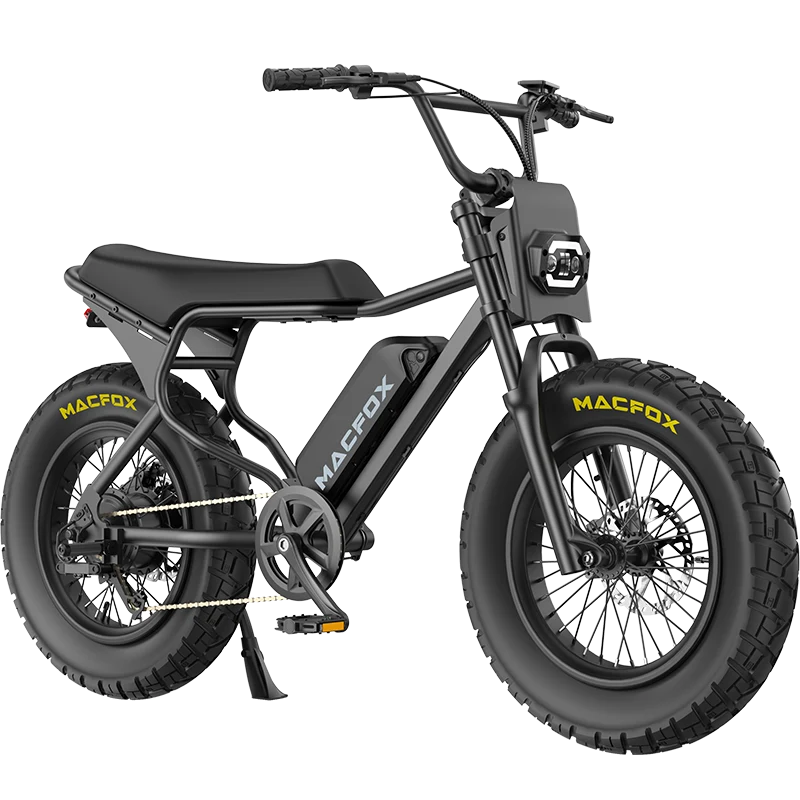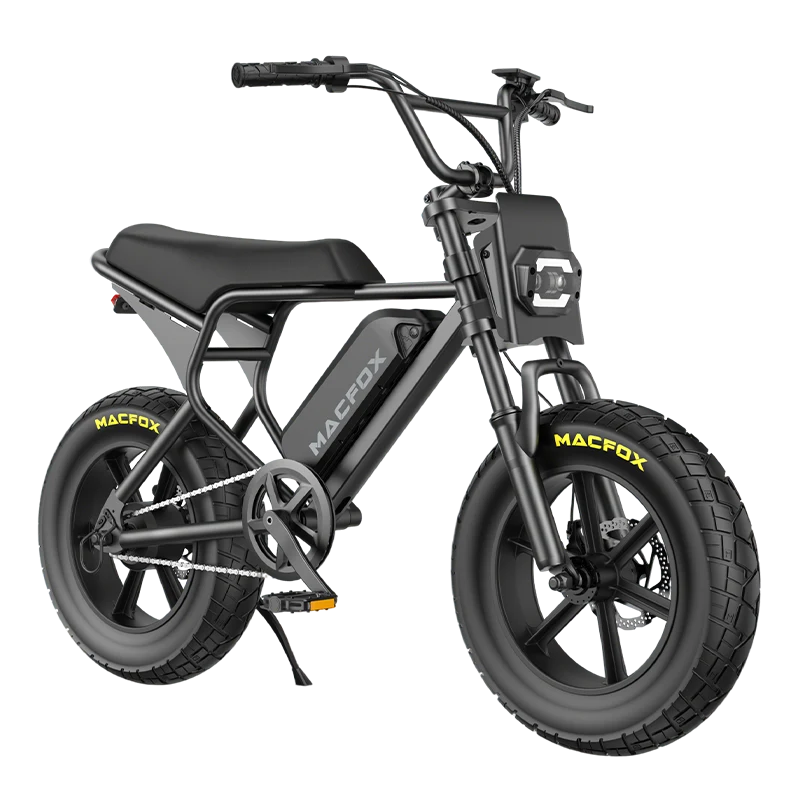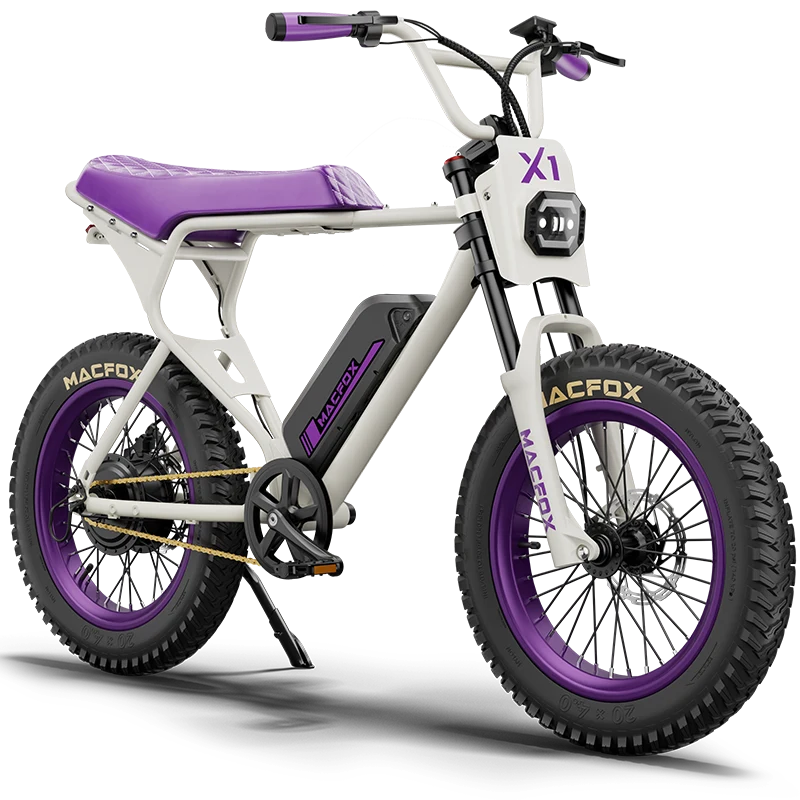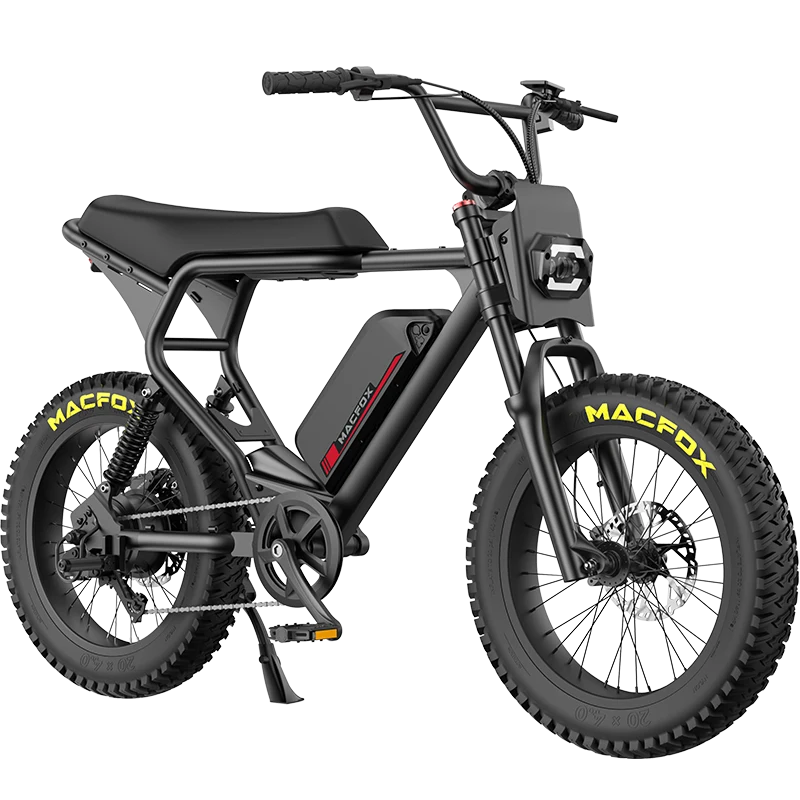You're cruising on your bike, enjoying the ride, and then – bam! A sharp object flattens your tire. Don't panic! Inflating your ebike tire without a pump is easier than you think, and knowing a few tricks can save you from an emergency.
I will show you exactly how to get your bike rolling again when there is no pump available nearby. Let's begin!
Why You Need to Know This
When you’re out riding, the last thing you want is to be stuck with a flat tire and no pump. This situation is more common than you think, especially for those of us who love to push the limits on trails or urban roads.
That’s why knowing how to inflate your tire without a pump is crucial. It gives you the freedom to keep going, even when life (or your tire) throws a curveball.

Inflating Your Ebike Tire Without a Pump: The Alternatives
Here's the deal: while an air pump is an ideal tool for inflating your tire, other solutions could get your bike rolling again quickly. Here are the alternatives you could try:
Quick Inflation with CO2 Cartridges
CO2 cartridges can be an efficient way of inflating tires quickly on the go, providing air instantly through adaptors that fit any valve.
-
How it Works: Simply plug a CO2 cartridge into the inflator head, attach it to your tire valve, and release all of its air pressure. Your tire should be fully inflated in seconds, and you can head back out onto the road!
-
Why it Works: Compact and portable CO2 cartridges provide quick solutions in emergencies without needing an existing pump.
-
What to Keep in Mind: Since CO2 cartridges inflate tires quickly, keep an eye on the pressure to avoid overinflation of your tire or rim. Inflation levels can quickly change from being under-inflated to overinflated in just seconds which can damage both tires and rims.
Using a Bicycle Tire Inflator Pump (Handheld)
This method is fairly straightforward, though you might not always have it with you. A handheld bike tire inflator pump is compact enough to carry in a bag or backpack and works just like its larger counterpart while taking up less space.
-
How it Works: Insert the nozzle into your tire's valve and begin pumping. These pumps shouldn't require too much effort, although depending on the size of your tire, they may require more pumping effort than usual.
-
Why it works: It’s a small, portable solution. Even if you're out in the middle of nowhere, this tool could get you back on track.
-
What to keep in mind: Handheld pumps take a little longer than CO2 cartridges, and they require more physical effort.
Using Compressed Air from a Gas Station

If you happen to live near a gas station, chances are there's an air compressor there that you could use for both car tires and an ebike if needed. Just be careful with your pressure settings--too much air can easily burst your tire!
-
How it Works: Locate an air compressor, connect your valve, and begin inflating your tire. Most air compressors allow for adjustment of PSI settings - try to achieve the recommended PSI value as indicated on your tire sidewall for best results.
-
Why it works: Free and accessible in urban areas.
-
What to remember: Keep in mind that many gas station compressors are calibrated for car tires; therefore they may not be able to properly adjust lower PSI settings necessary for an ebike tire - always refer to its recommended pressure setting before using one of them.
Read More: Tubeless Tires for Commuting: Benefits and Drawbacks
Manual Inflation (Breathing into the Valve)
Although not ideal, manual inflation (breathing into the valve) could provide temporary relief in an emergency. You could use your breath to inflate it with air from an outlet instead of breathing into it directly - although this method may take much longer and be much slower. Ultimately, though, this might get you to a safer spot where more support can be found.
-
How it Works: Use a valve adapter, place your mouth over the valve, and blow air into it through your mouth. Good lung power will be required, making this more of an emergency measure than anything else.
-
Why It Works: Not only is it free, but it may prove invaluable if faced with an unexpected crisis.
-
What to keep in mind: While using your breath to inflate the tire may work in an emergency, be cautious. This method can introduce dirt or bacteria into the tire and valve, which could cause future issues. It's truly a "just get by" option.
DIY Pump (Innovative but Extreme)
If you’re feeling creative and your other options are exhausted, you could try making your own air pump. This method requires some mechanical skills, but it could help you get out of a tricky situation in an emergency.
How it Works: The basic idea is to create a vacuum effect that forces air into your tire, mimicking the functionality of a pump. Here's how you can do it:

Materials Needed:
- A plastic bottle (500ml or 1-liter size)
- A straw or tube (flexible plastic works best)
- Duct tape or strong adhesive tape
- A valve adapter
Steps:
- Puncture a small hole in the bottom of the plastic bottle.
- Insert the straw or tube into the hole and seal it tightly with tape.
- Attach the other end of the tube to your tire valve using the valve adapter or tape.
- Squeeze the bottle to force air into your tire.
Why it Works: A DIY pump works by creating pressure in the bottle when you squeeze it, pushing air into your tire. Though it’s not the most efficient method, it can help in an emergency.
What to Consider: This method is imprecise, so it’s best used temporarily. You may over- or underinflate the tire, and it’ll take longer to achieve the right pressure. It’s a last-resort solution until you can fix the tire properly.
How to Prevent Flats in the First Place
Now that we know how to deal with flat tires let's talk about preventing them in the first place. Preventing flats altogether is by far the easiest and best solution - here are a few suggestions:
-
Check Tire Pressure Regularly: Ensuring that the pressure in your tires remains within its recommended limits can help avoid punctures and blowouts and reduce the chances of punctures occurring unexpectedly.
-
Puncture-resistant tires: Many e-bike tires feature built-in protection from punctures, making these an excellent choice if you plan on riding through terrain with lots of debris and rough conditions.
-
Avoid sharp objects: Stay aware of your surroundings and avoid riding over things that could puncture your tire, like nails, glass, or sharp rocks.
FAQs
Are regular bike pumps suitable for an e-bike?
Yes, as long as it features the appropriate nozzle (Presta or Schrader), an e-bike pump should work just fine—just make sure that its high pressure capacity can handle bikes!
What pressure should my bike tire have?
On average, bike tires require between 40 and 65 PSI, depending on their model and tire type. Always refer to the sidewall of your tire for manufacturer-recommended pressure levels.
How long does a CO2 cartridge last?
A CO2 cartridge quickly inflates tires for short-term fixes of 30-40 PSI inflation. These solutions provide temporary relief but won't last forever; you should soon find more permanent solutions to address tire pressure problems.
How often should I check my tire pressure?
For optimal performance, it is advisable to perform an annual or biannual tire pressure check before each ride, particularly on long trips across rugged terrain.
Conclusion
Inflation of your electric bike tire without using a pump doesn't need to be difficult or cumbersome; just be prepared and know which method best fits your riding conditions. Numerous options are available, from CO2 cartridges to portable tire inflators and gas station compressors—each offers its own benefits for getting you riding quickly!
Now, go out there and ride without worrying about flat tires! With some preparation and knowledge, you won't be stuck long, and your bike's adventures can continue unimpeded.
The article was last updated on December 8, 2025.


















